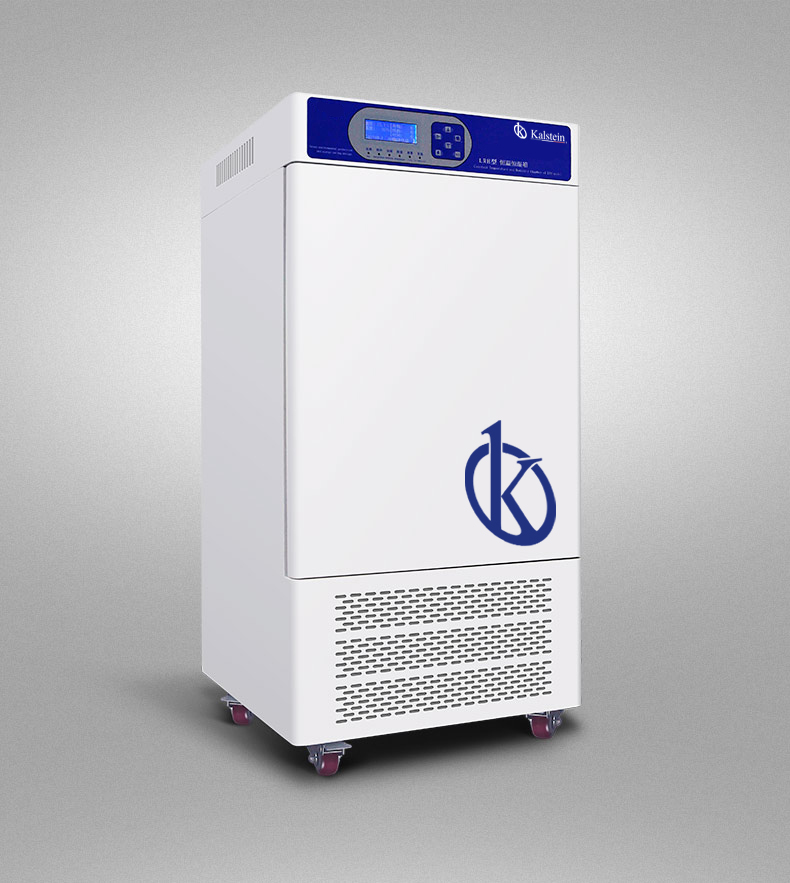An incubator is a device that creates optimal conditions for biological samples to grow and develop. In a laboratory setting, incubators are used to grow cells, bacteria, or other microorganisms as well as to grow tissue samples and store laboratory equipment and supplies. They come in a variety of sizes and designs, and can be used for a range of different types of experiments.
An incubator is a machine used to grow and maintain cells or tissues by controlling temperature and other conditions. They are used in many different settings, including hospitals, fertility clinics, research laboratories, and food production facilities.
So, at Kalstein we offer the right incubators, thanks to the ALLFLOW air flow cycle: perfect forced convection, maximum number of samples from the work room, minimum temperature recovery time after opening, world-famous axial fan, perfect air flow design, ensures an ideal result of sample culture.
Types of Practices with the Use of the Laboratory Incubator
One type of experiment that can be performed in a laboratory incubator is cell culture, as it is the process of cell growth in a controlled environment. Incubators provide ideal conditions for cell growth, including a controlled temperature, humidity, and carbon dioxide level. Cell culture is used to study the effects of different drugs and chemicals on cells and to produce cells for medical therapies.
Another type of experiment that can be performed in an incubator is the culture of bacteria, they provide ideal conditions to study the effects of different drugs and chemicals on bacteria, as well as to produce bacteria for medical therapies.
Finally, incubators can also be used to store laboratory equipment and supplies, providing a controlled environment for laboratory equipment and supplies, which helps keep them sterile and pollution-free.
Method of use
To manipulate an incubator, you first have to understand the different parts of the machine and how they work together. The most important component of an incubator is the heating element, which is usually located near the bottom of the unit. The heating element is controlled by a thermostat, which turns the heating element on or off as necessary to maintain the desired temperature.
Another important part is the humidity chamber, which is typically located above the heating element, is filled with water, and an absorbent material is used to draw water into the air. A humidifier is used to monitor humidity levels in the incubator, and will turn the humidifier on or off as needed to maintain the desired level.
The CO2 regulator is another important component of some incubators. The CO2 regulator controls the level of carbon dioxide in the incubator, and is used to maintain optimal conditions for cell growth.
Many incubators also have shaking capacity. This can be used to mix cell cultures or to suspend cells in culture media. Agitation incubators are often used for cultures that require maximum oxygenation, such as those used for cloning or bacterial growth.
Kalstein brand laboratory incubator
We at Kalstein offer you the best equipment for any industrial sector. We have at your disposal the Incubator belonging to the YR series, where the same has multiple attractive features, such as: LCD screen with integrated dot matrix, subtitles in Chinese and English, design for maximum operational comfort. Display parameters: temperature, humidity, cycle, run time, run/stop. The adaptive PID controller precisely controls temperature and humidity, prevents temperature from rising, keeps working room temperature stable and uniform. In addition, it has many other functions that can be appreciated from our website HERE We are manufacturers and we are distinguished in the market by providing integral solutions for any industrial sector, and for this we offer you the best advice to make your purchase ideal and at favorable prices. Visit HERE


